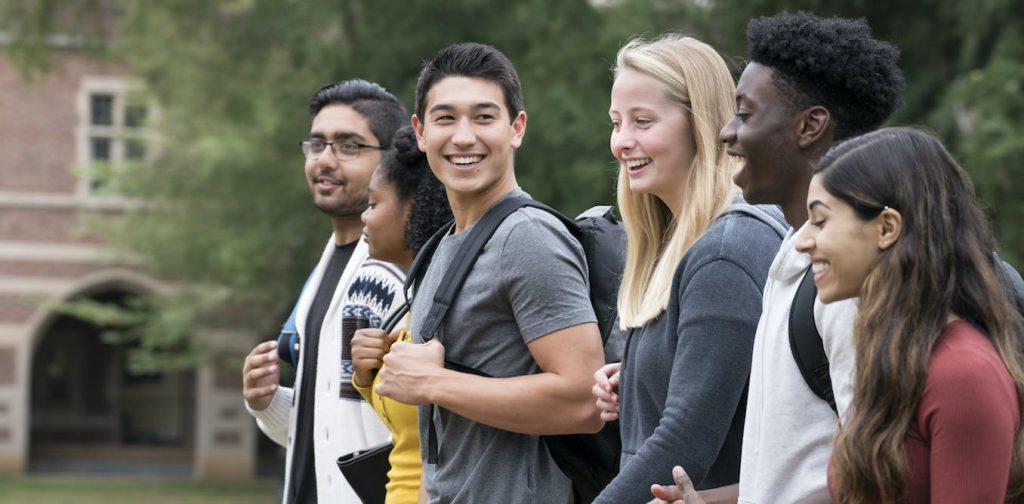5 ways that college campuses benefit from diversity, equity and inclusion programs

For more than half a century, colleges and universities have relied on dedicated programs to attract students of color and support them. Today, those programs – known as diversity, equity and inclusion, or DEI, programs – are under attack.
Republican lawmakers assail the programs as being driven by liberal Democrats’ “woke agenda” to value and prioritize racial identity over merit. However, rigorous social science research shows that these programs result in universities with better student learning.
As a researcher who is concerned with racial equity on campus, here are five ways that I contend DEI programs have made a difference at colleges and universities throughout the U.S.:
1. Students perform better academically
Students from marginalized identity groups – including Black, Indigenous, Latinx and Asian students, as well as first-generation students – perform better academically at schools with diversity programs, and graduate at a higher rate.
As a result of DEI programs, students also report feeling more included on campus through dedicated resources and spaces for students of color.
This sense of belonging also increases when, as a part of DEI programs, more faculty of color are hired.
When students feel like they belong, they stay in school and graduate after four years at a higher rate than those who do not.
2. Students are less biased
Diversity programs have been shown to create more racially diverse learning environments.
These more diverse environments have proved to reduce bias and promote peer acceptance. Increased contact between students from different racial groups results in increased understanding of different perspectives and development of trust.
Students of color also report less racial stress and fewer feelings of imposter syndrome on campus.
3. More satisfied faculty
Faculty at schools with DEI programs including mentorship stay at their jobs longer and are more satisfied at their places of work. This increased job satisfaction is because of how DEI programs restructure university policies on hiring, promotion and advancement. This restructuring includes redesigning job descriptions, including more voices in the interview process and requiring implicit bias training for search committees.
Additionally, these changes result in increasing the number of junior faculty of color on campus.
4. More engaging curriculum and classrooms
DEI programs produce more engaged scholarship, which results in higher quality of curriculum and classroom learning as reported by students themselves.
Faculty on campuses with greater curricular innovation publish higher quality work on issues that affect the communities in which their students will live and work.
Engaged academic work connects classroom learning to issues that students experience directly themselves, such as racism and discrimination based on class, gender and sexuality.
5. Students are more prepared to be local leaders
As a result of DEI programs, students are more engaged in their communities after they graduate.
Additionally, students are more likely to participate in local government and politics, including turning out to vote and running for office after graduation.
Graduating students at schools with DEI programs are also more likely to have interracial friendships and are more prepared for multiracial professional settings because they gain a better understanding of race and ethnicity.
DEI programs have been time-tested as changing campuses for the better and attracting more Black, Indigenous, Latinx and Asian students. With race-based admissions having been outlawed, going forward DEI efforts can play an even greater role in attracting more students of color and creating the conditions for them to thrive.





